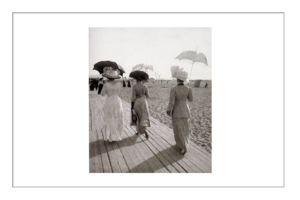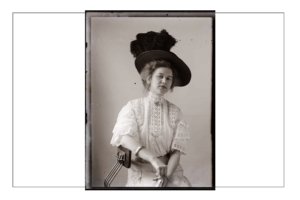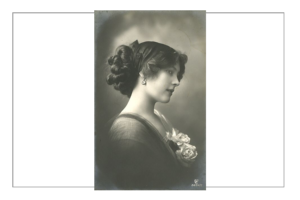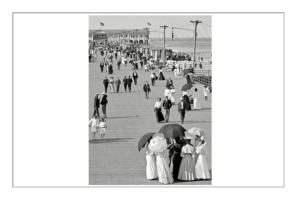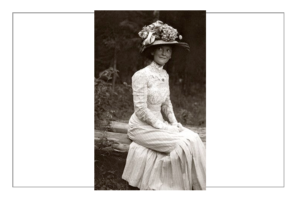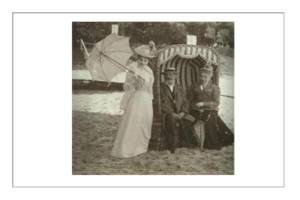
“Nouveau Riche” of the prosperous West travel abroad to catch culture and bring it home
Shelly’s character just returned from a tour of “The Continent” where she was quoted to say “we were having too much fun to go home just because of a silly old war..”
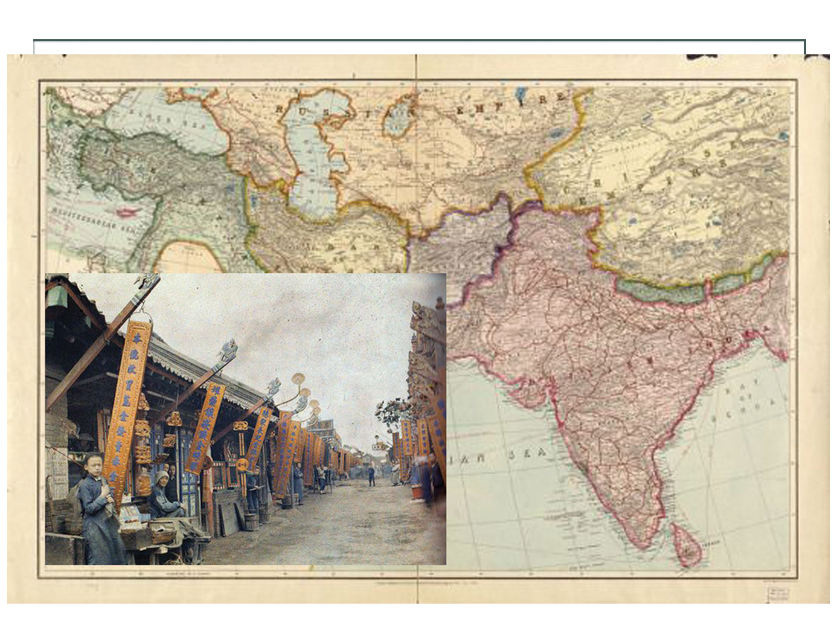
A new world awareness opened the curious eyes of Americans. The Asias were opened to trade, and for those who could afford it, all of Europe were there to investigate, so worldwide travel abounded for Americans of means.
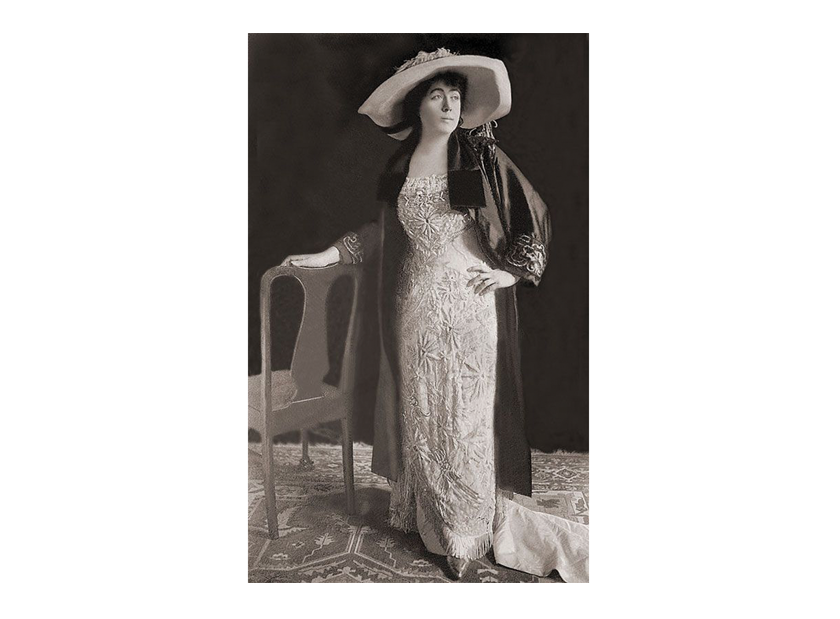
Women like Margaret Tobin “Unsinkable Molly” Brown of Denver were mixing it up with the elites of Europe. Europeans found Americans like Margaret a refreshing distraction from their realities because the world was on the verge of a crash – figuratively as world war threatened, and literally as the Titanic hit an iceberg.
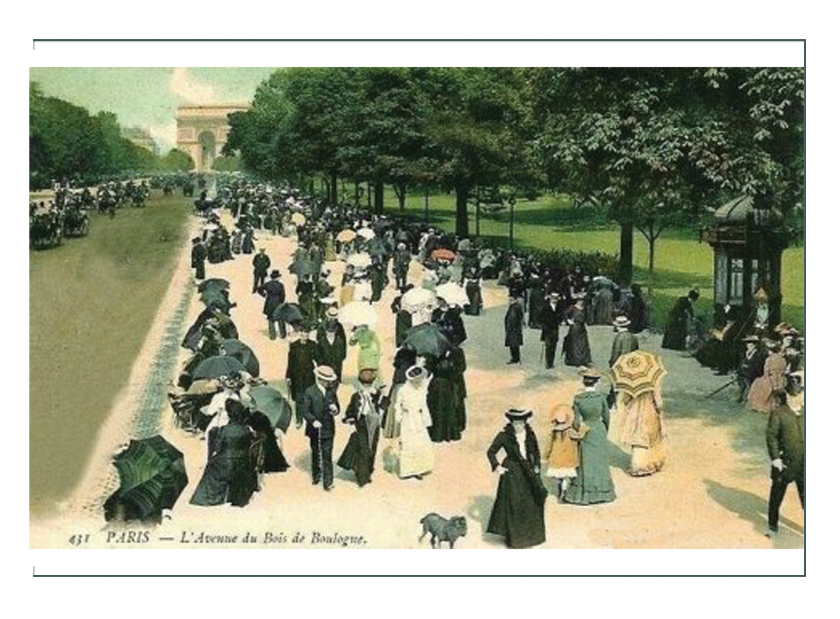
The elite social class was called “Tout Paris”, while wealthy industrialists were “Nouveau Riche”. In Europe there was a wide gap between the elite and everyone else, as poverty, urban slums, anti-Semitism, and government corruption reigned.
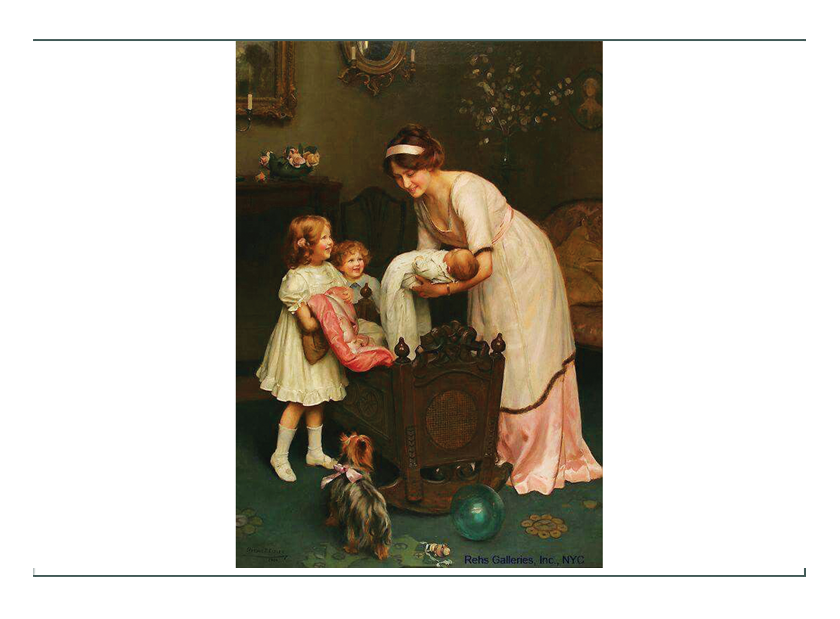
In America, however, things were good with a stabile and continually rising middle class and the highest per capita income in the world. The US was the leading exporter of cotton, wheat, farm products, and by 1913, 32% of the world’s manufacturing output.
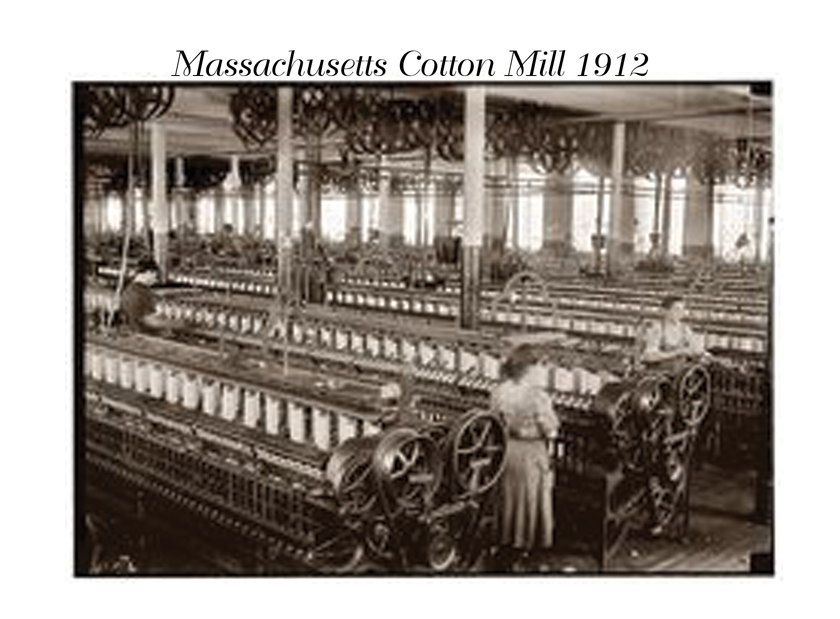
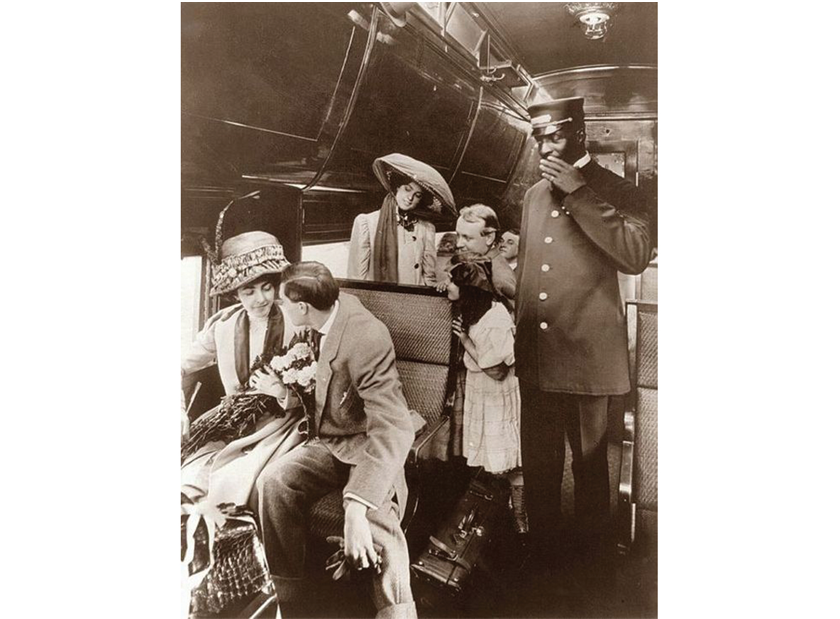
People abroad recognized the US as the world’s wealthiest nation, and those with money to invest were pouring capital into the country to get in on the action.
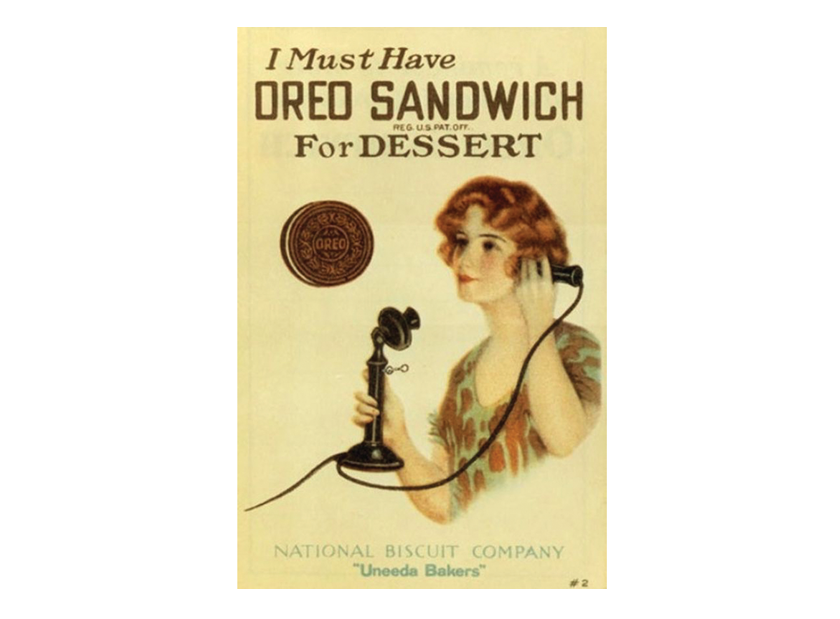
Nabisco had made the 1st oreo cookie, the 1st crossword puzzle was published in New York World newspaper, Ford opened the first assembly line, and the Los Angelos aqueduct was completed – and promptly flooded a town.
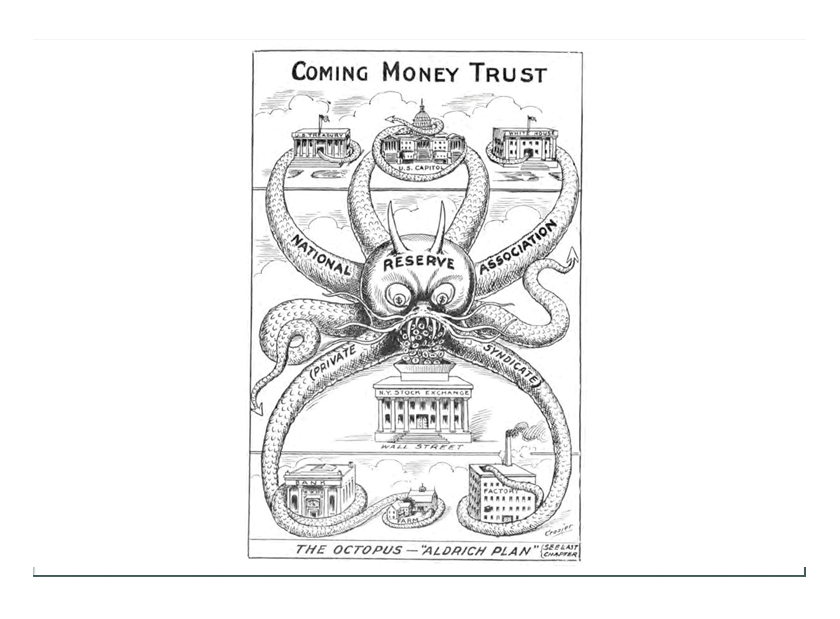
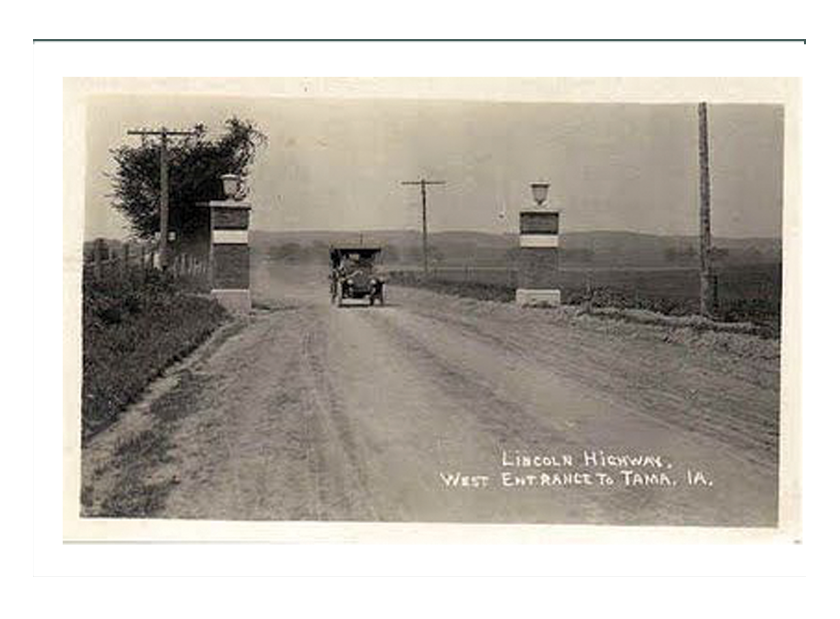
Early in the next year the 16th amendment was passed giving the federal government the right to take taxes directly from people and so the first 1040 form was created and distributed.

Tensions and alliances that would lead to American involvement in the Great War had been forming for many years, although it officially started August 1914 when Archduke Ferdinand and his wife were assassinated in Sarajevo. The 1st battle was between Russia and Germany that August, then trench warfare started in September. The Americans joined later.
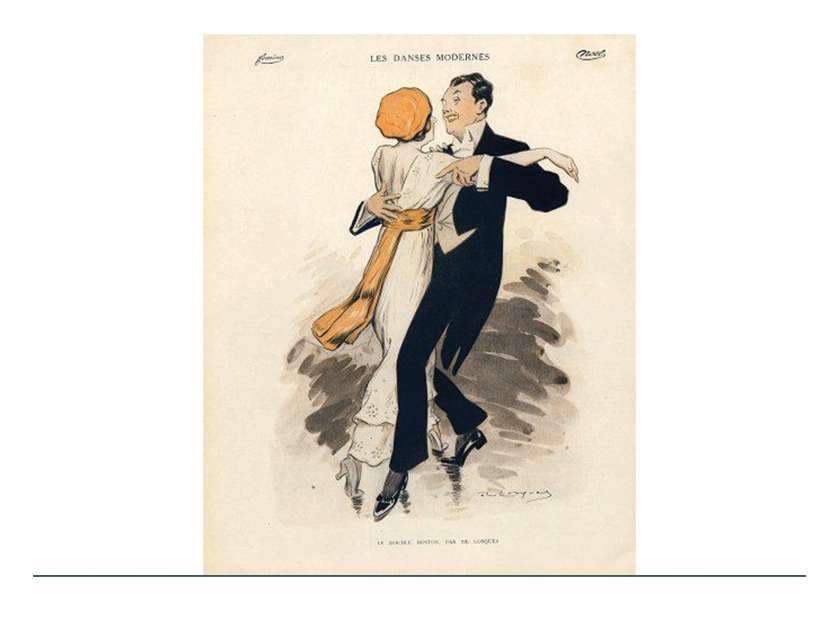
The Titanic era was part of the worldwide “Lost Golden Age”, a MOOD that expressed the epitomy of beauty and fashion in contrast to horrors of war – for those who could afford it. The “Titanics” came out of a specific market geared to royalty and political leaders.
“Titanics” focused on the individual in a time the masses were calling for socialism and suffrage was being fought literally on every street corner.
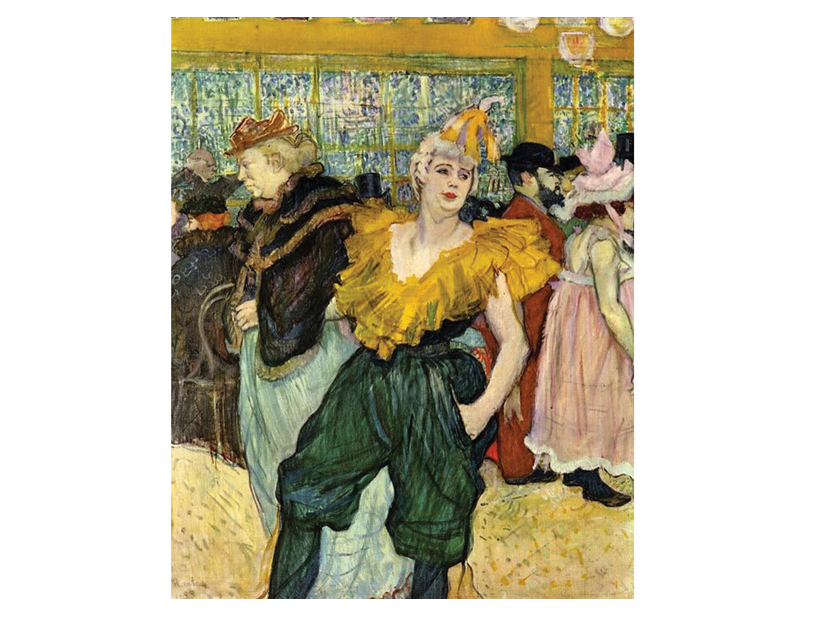
Those who had money wanted to forget the “bad stuff”, and were drawn to light entertainment like casinos, caberets, bistros, and music halls. The Moulin Rouge opened at this time to make famous Burlesque.
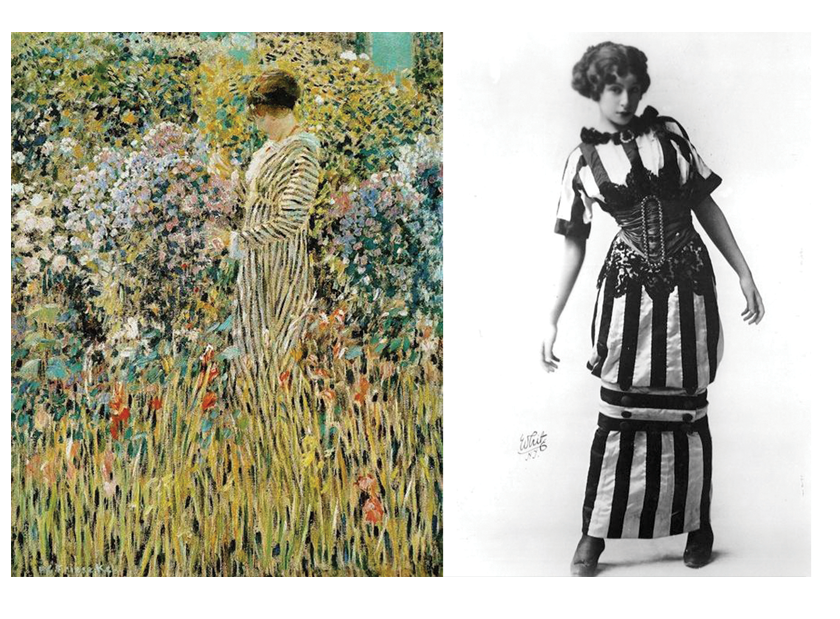
Optimism, regional peace, and a climate of the ARTS flourished in that part of society with Masters of Impressionism rising to stardom, and further development of cinematography which brought movie starlets and social elites into the public eye.

Margaret Tobin Brown “The Unsinkable Molly Brown”
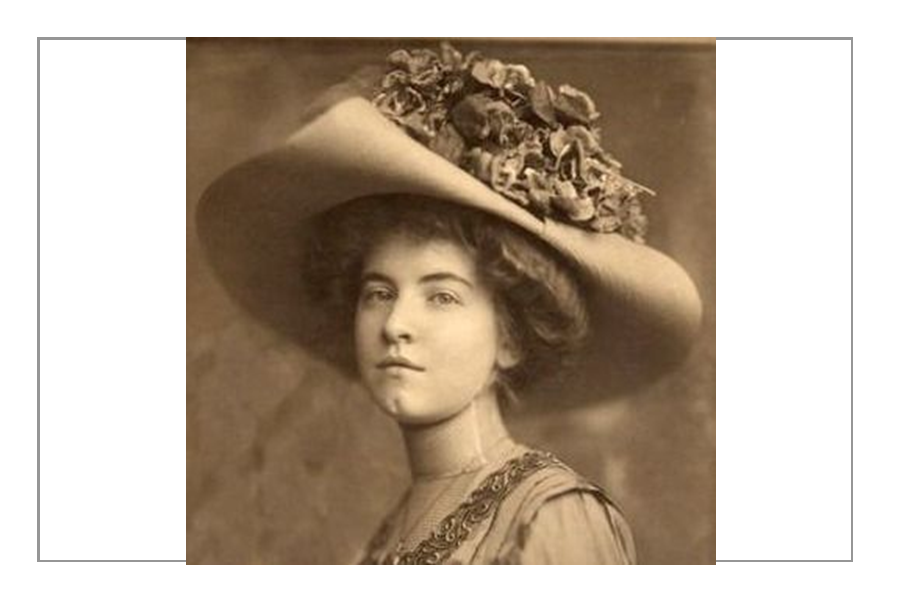
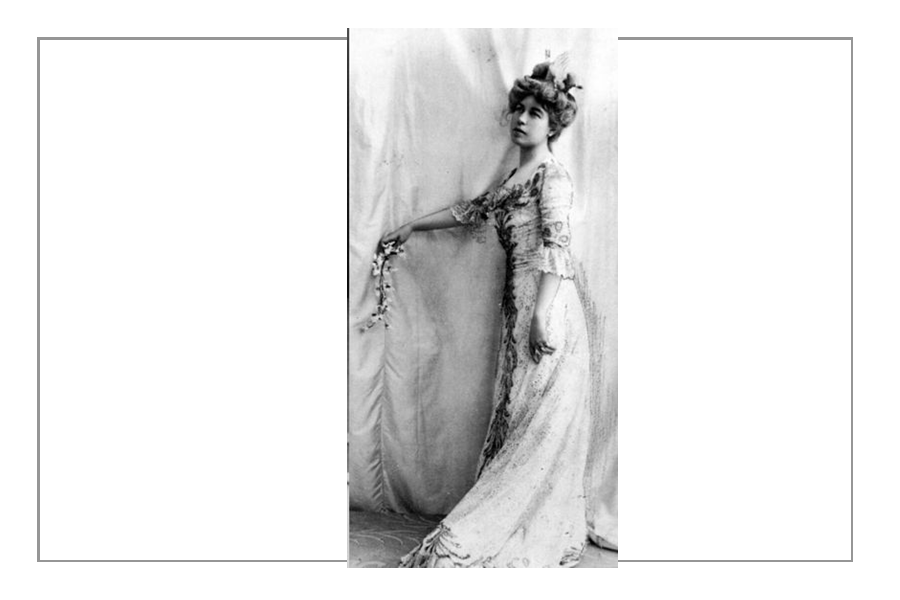
Margaret Tobin Brown, known as “The Unsinkable Molly Brown” although she disliked the name given to her after her adventure on the sunken SS Titanic ship, was a notable woman for many reason. She was never called “Molly” during her lifetime. Using a work ethic learned as a child born away from privilege, she became a philanthropist, suffragette, and reformer. She used hard work, ethics, charm, and great wealth to bring about change. She created the juvenile court system and helped get the vote for the women of Colorado and then the rest of the US. She had a stage career, and fame earned for her heroic behavior on a sinking ship.
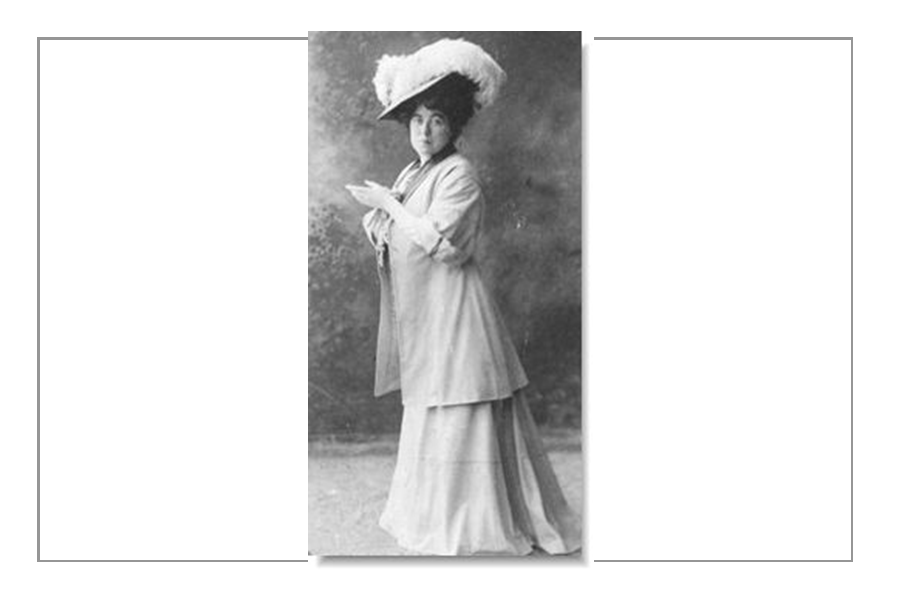
Humble Beginnings
Margaret Tobin was born in Hannibal, Missouri in 1867 as the daughter of poor Irish immigrants who were devout Roman Catholics. Her family called her “Maggie”. They insisted all six of their children go to school at least through the eighth grade. This was significant of the time for women who often did not go at all, and for little Margaret, it instilled a love of learning.
The family was very poor and Margaret had to leave school when she was 13 to work in a tobacco factory making cigars. She hated poverty, and wanted to make enough money to take care of her parents when they got old, so from the start she determined she would marry a rich man.
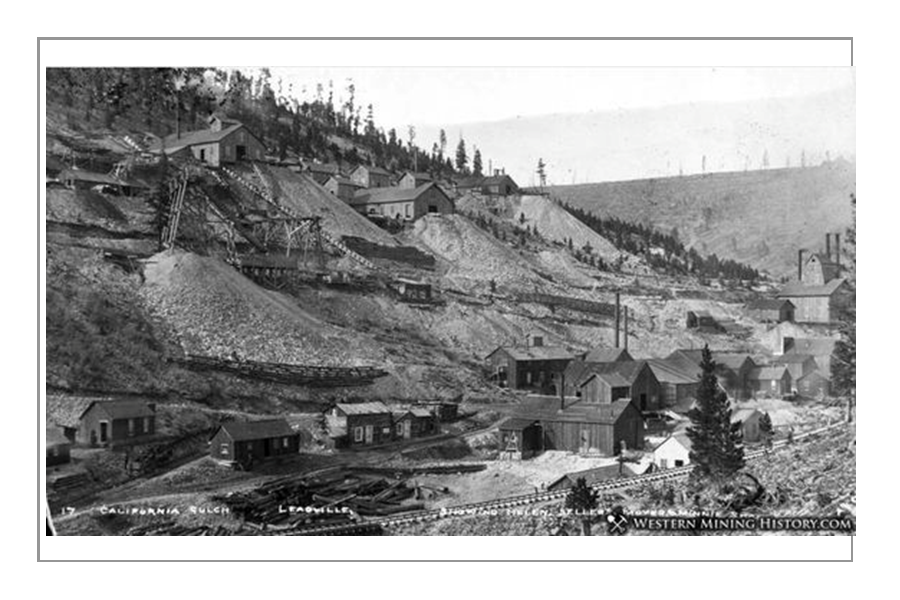
Immigrants like Margaret’s parents were headed west with dreams of making a fortune, first in the United States, and later “more West” to the gold mines of California in 1848. Margaret’s brother Daniel was a mine promoter by 1886, and he sent for young adult Margaret to join him in Leadville, Colorado where she found a job working in a drapery store. With Leadville’s flourishing silver mine, men could become millionaires overnight there, and Margaret thought she would have luck there finding a husband.
Love Found Her
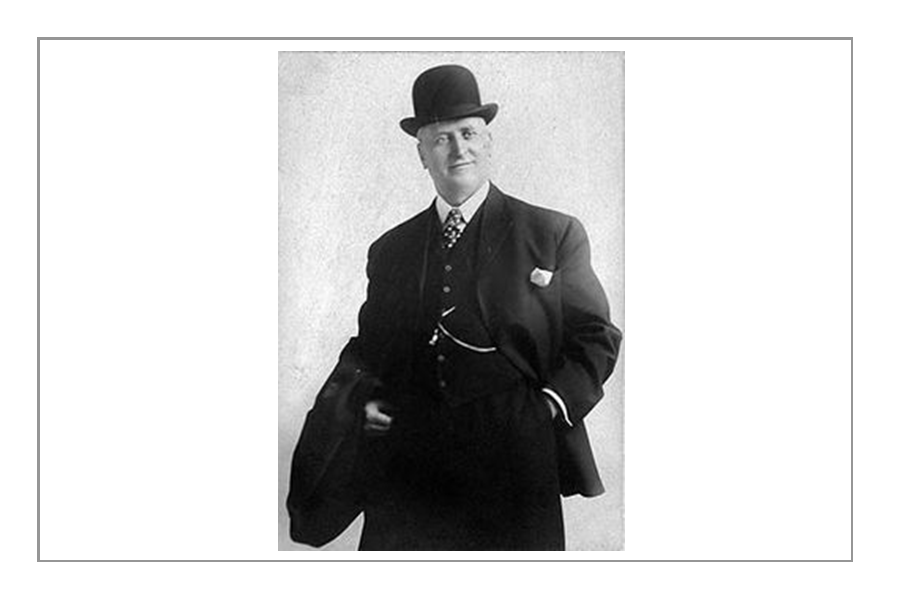
Instead of finding a rich man, she found one to love at a church picnic. James Joseph (“JJ”) Brown was handsome, well educated, and was a miner who was trained as an engineer and geologist. He was far from wealthy when Margaret met him, but despite her promise to marry rich, she married for love in 1886 and the newlyweds moved to Stumpftown to be closer to the mines.
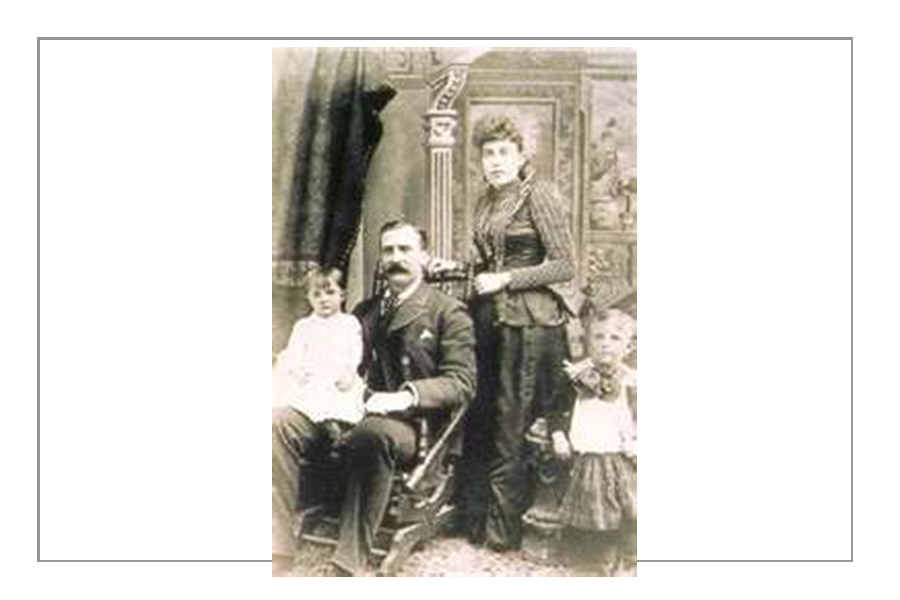
They had a little money because Margaret took care of the house and helped the wives and families of less well off miners. She created soup kitchens and helped establish the National Women’s Suffrage Association in Colorado and became a lobbyist for suffrage there.
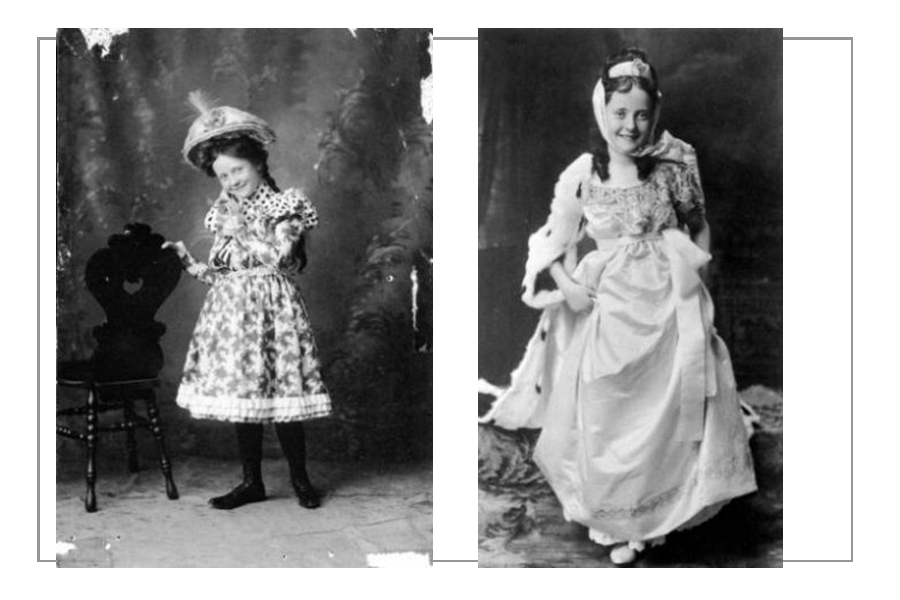
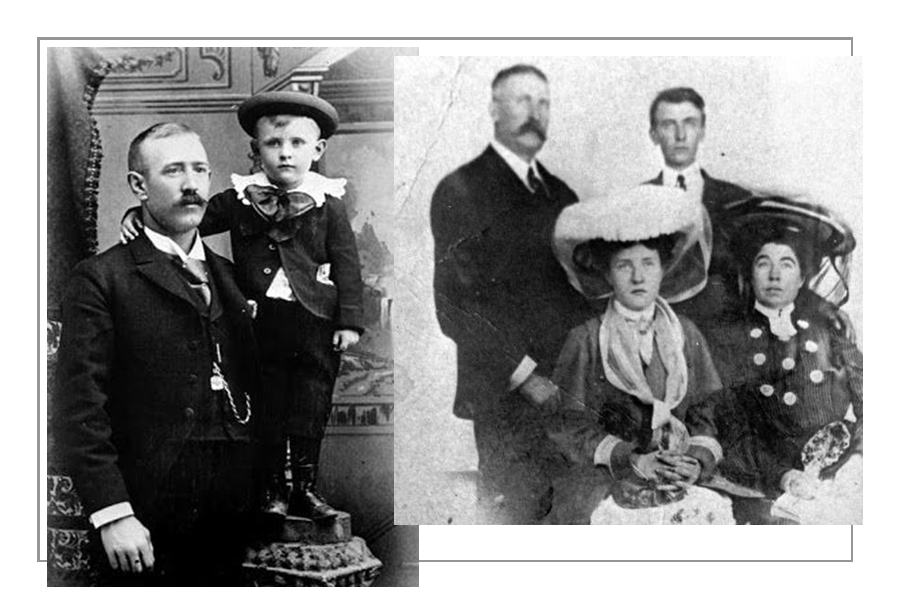
Margaret and J.J. had two children, Lawrence and Helen. They moved back to Leadville after Lawrence’s birth, and they were in Leadville when the Sherman Silver Act in 1893, which reduced the amount of silver being bought by the Federal Government, started the “Silver Crash”, putting the economy of Colorado at risk. The result was a surplus of silver which drove the value down, so families that sold silver for a living were suddenly thrown into poverty.
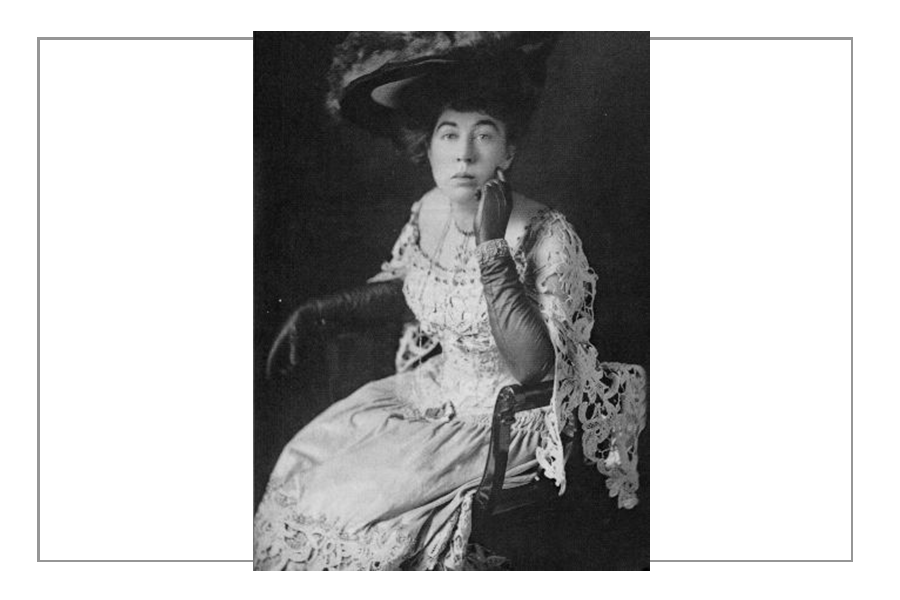
Many families like the Browns discovered that their money was now near worthless, and were plunged into poverty. JJ however, being a geologist, figured out a way for all the miner to dig deeper into the mines, notably his “Little Johnny Mine”, and they found gold.
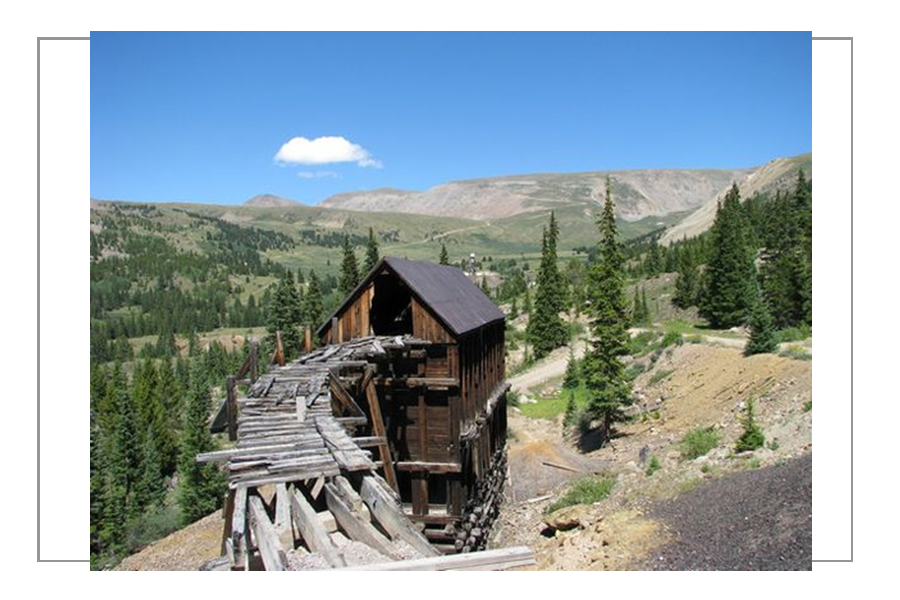
Gold Makes Change
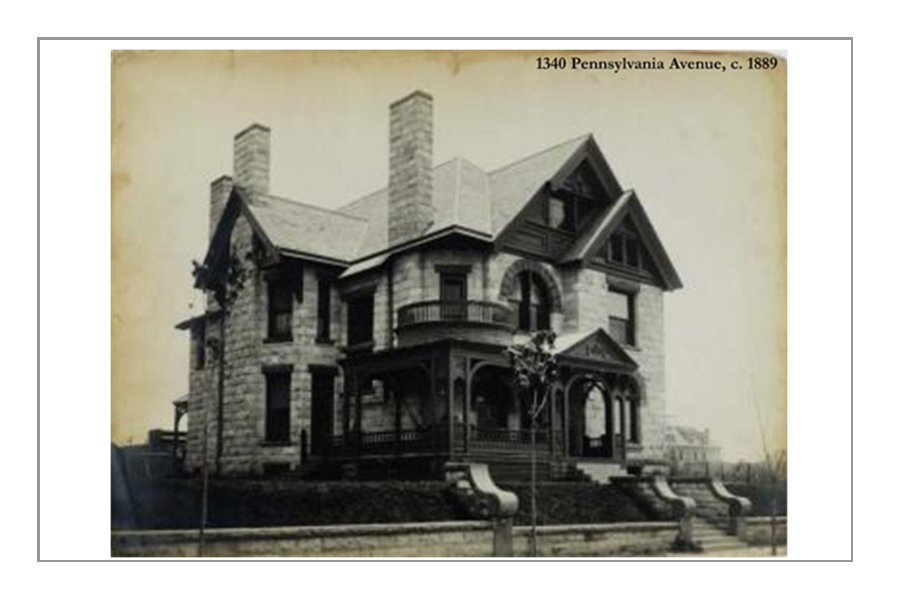
Margaret and JJ did not own the mine, but the owner was so happy he gave them shares in the company, and the Browns became millionaires almost overnight. They bought an old house in Denver, CO, and Margaret sent for her parents to fulfill the promise she had made to take care of them in their old age.
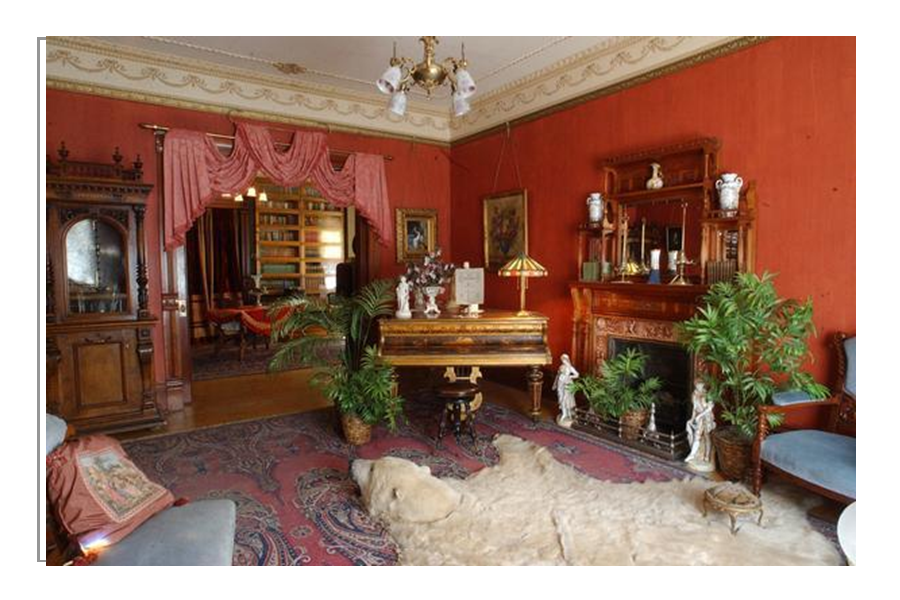
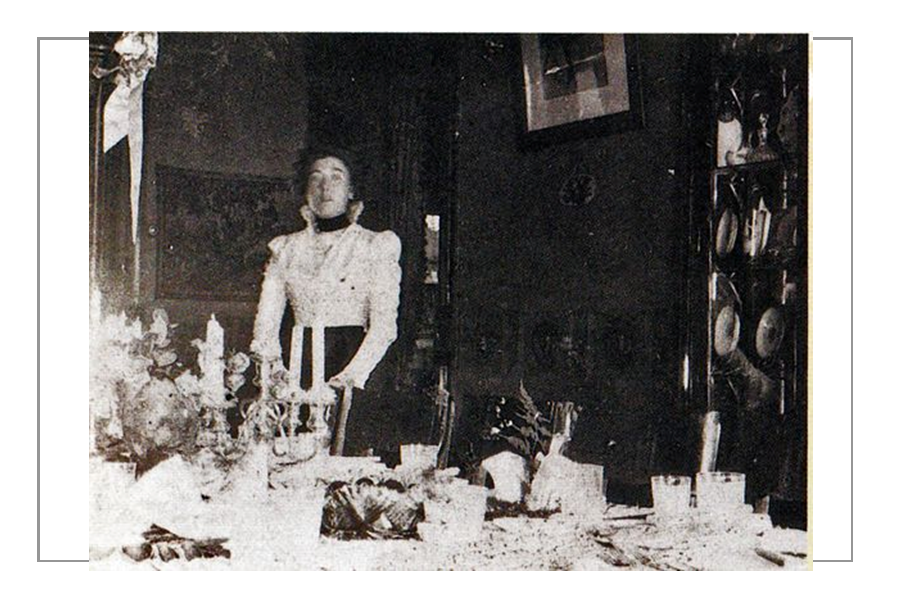
The “nouveau riche” Brown family, began to place themselves among the wealthy elite; the “Titanics” as we call them now. Because of Margaret’s outgoing and positive personality, she charmed most everyone she met. She made friends easily, and convinced her wealthy new associates to use their money to help. In those first years in Denver, she personally funded the local animal shelter, got public restrooms installed in courthouses, campaigned for city parks, and gave aid to people living in the slums. She raised money to built St. Joseph’s Hospital and the Cathedral of the Immaculate Conception.
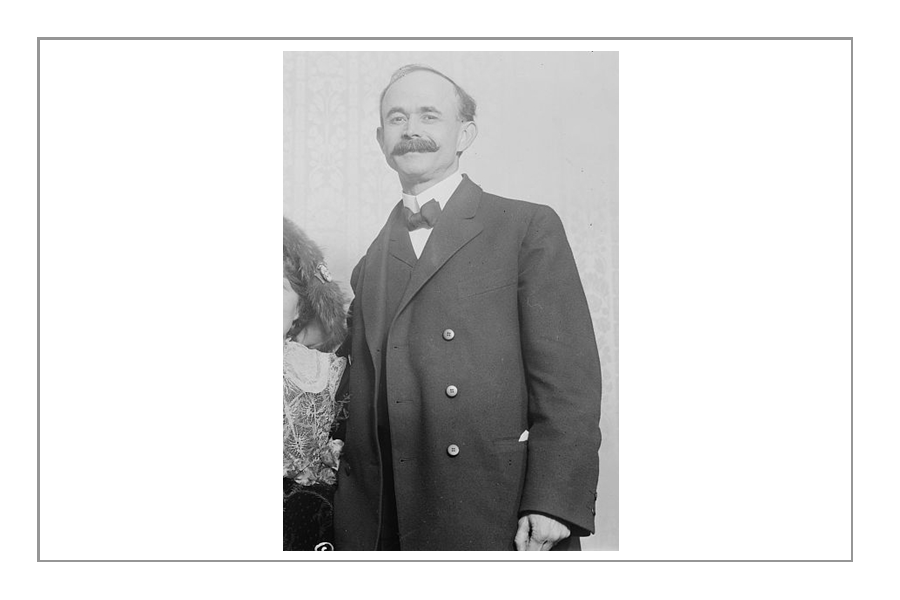
In her social circles, Margaret met Benjamin Lindsey, who was formerly a lawyer who was disturbed by the presence of children in adult prisons. At that time a young boy put in jail for stealing bread was placed in a cell with a man convicted of murder. Margaret and Benjamin got the 1899 Juvenile Justice System put into place; a model on which today’s court systems still work.
Margaret was still very involved in getting the women’s vote, and in 1901 ran for US Senator. She lost 2 times and withdrew the 3rd attempt because of the start of World War I.
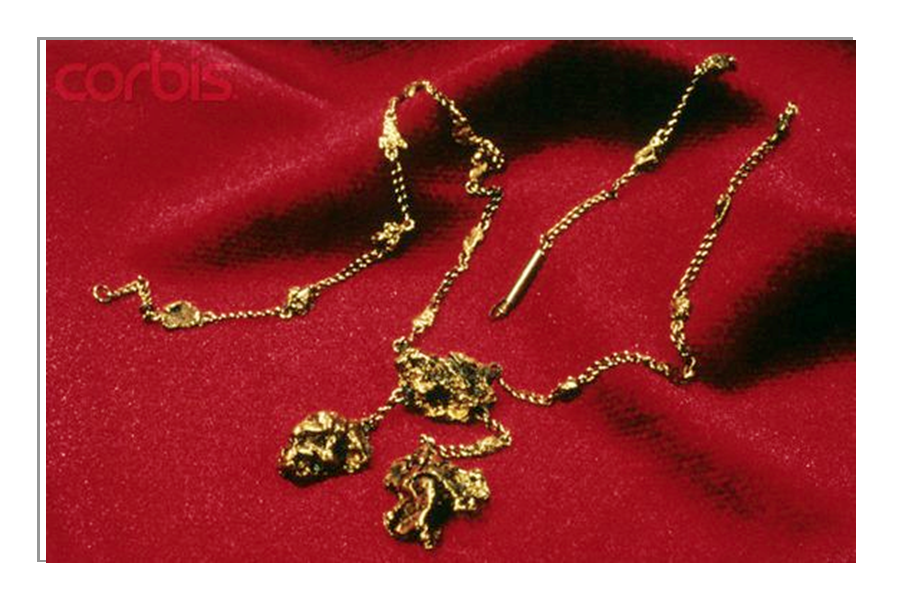
A Downward Spiral to a Crash
With Margaret involved in so much society and reform work, and JJ focused on mining, the couple began to drift apart. JJ did not like social activities and did not care for his wife’s political work. He didn’t like that she was in the paper so often.
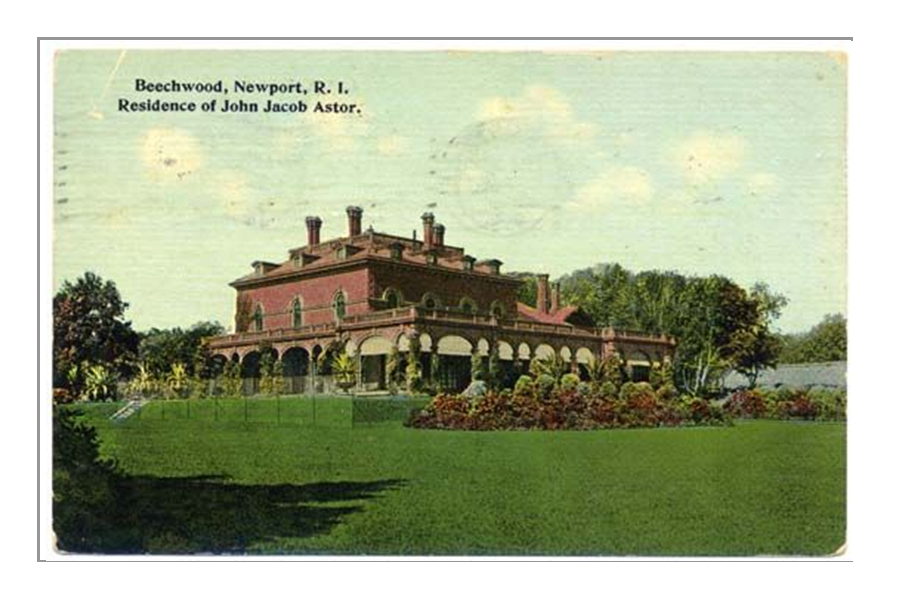
In attempt to rekindle their passion, Margaret and JJ started to travel from 1902-1909, going throughout Europe and Asia. They quietly separated after that, and JJ moved to Arizona to mine. Margaret began to travel more than ever. In 1912, she set off on a journey to Paris, Rome, and Egypt with friends and daughter Helen. While in Egypt, she received a telegram from her son Lawrence that her eldest grand son was very ill and would most likely die.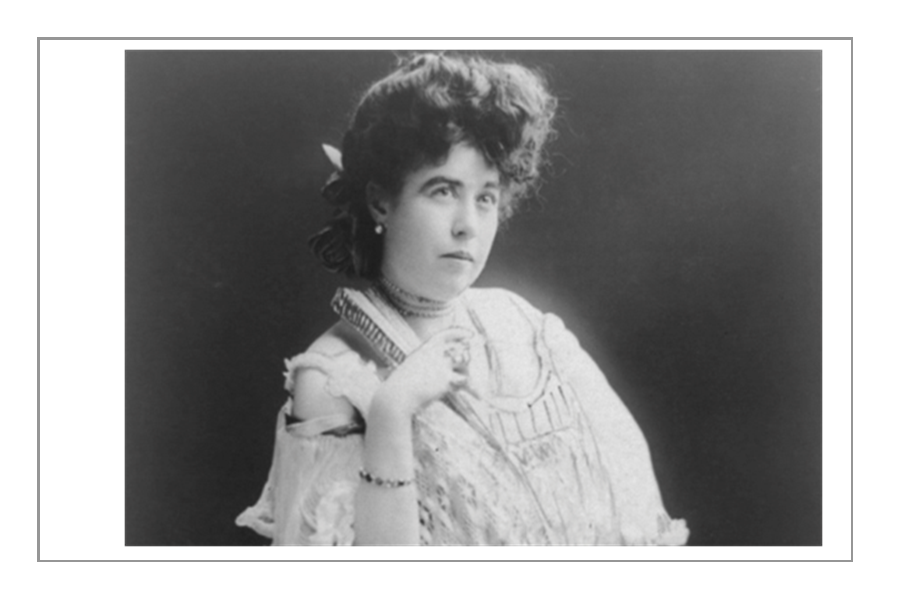
RMMS Titanic
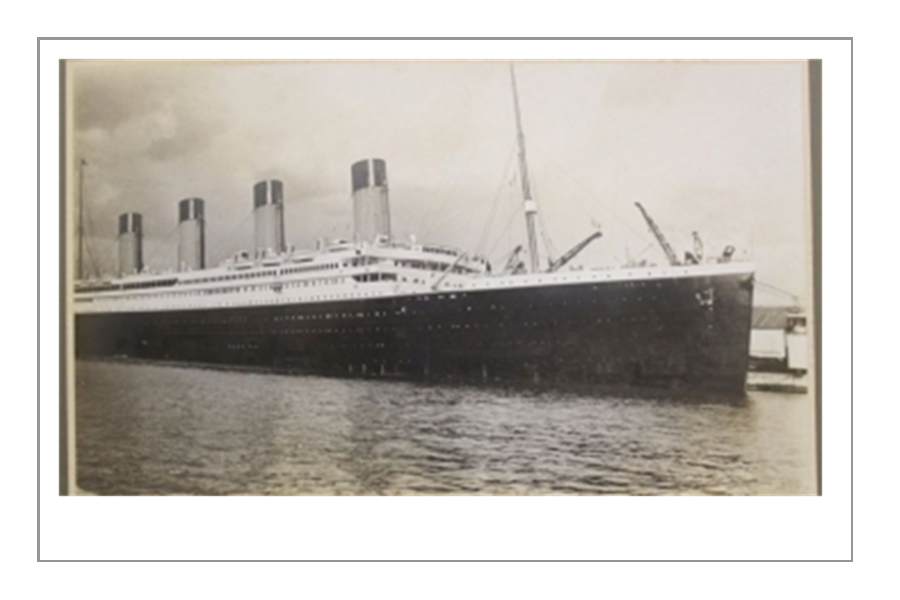
Margaret grabbed the first ship available to go back to America, the RMMS Titanic. A suite like hers cost $4350 for the trip. Because she booked at the last minute in Cherboug, France, her name does not appear on the passenger list. Her friend JJ Astor was on the ship, as well as other men and women she knew that were lost.
The ship hit an iceberg on April 14th. Margaret was thrown from her bed, and being an experienced traveler knew when the engines stopped, there was something seriously wrong. A crew member assured her everything was fine, and she went back to bed until later when she was awakened and told to put on a lifevest.
Margaret put on layers and layers of clothing, grabbed about $500, put on her lifesaver, and went up to deck. She helped many families get into the lifeboats, but refused to get into one herself. A crew member threw her over the side into Lifeboat 6.
As the crew was busy steering, Margaret got right to work stripping off her layers and giving them to people in the boat. The air was 28 degrees, and the water colder. She directed women to row since there were only 2 men, so they would work to stay warm plus avoid hitting debris in the water. Since Margaret spoke several languages, she was able to direct and comfort the women of different nationalities.
At 2:30 a.m. on April 15, Titanic sank. Brown recalled, “Suddenly (there was) a rift in the water, the sea opened up and the surface foamed like giant arms spread around the ship and the vessel disappeared from sight, and not a sound was heard.”
Margaret’s boat was picked up by the Carpathia ship. As soon as she was on board, Margaret started to raise funds to help the people from 2nd and 3rd classes because they were immigrants like her parents had been. Since the policy for evacuation of the ship was “women and children first”, these families had lost their men who were their breadwinners. She was concerned they would be refused entry in New York.
While most of the survivors were reluctant to give away what they had left, Margaret used her charm and public influence by publishing a list of all those who had not given aid or donations. Before they reached New York, Margaret had raised $10,000.
Her grandson was all right. He had just had a problem with his lactose intolerance. Once she knew her family was “ok”, she worked to make arrangements for the survivors of the Titanic, and helped them to locate each other and to determine the list of whom was lost.
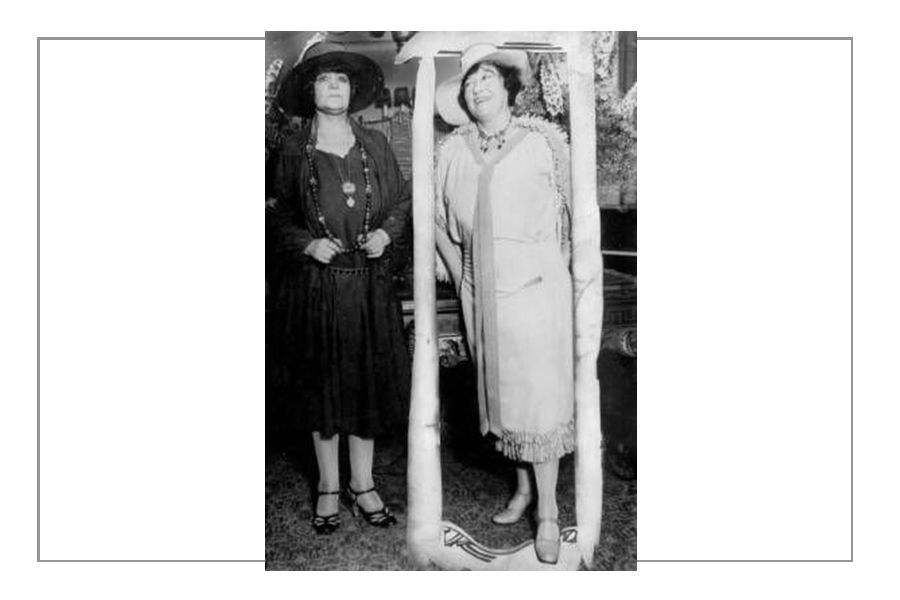
Her actions made her world famous, and newspapers called her “The Unsinkable Mrs. Brown” which was meant as negative gossip meaning she had been saved while others were not. Margaret thought it was funny.
When she returned to Denver, her fame had her called to mediate a miner’s strike because they saw her as an ally to the working man. Owners like the Rockefellers saw her as their ally too. She was able to use her influence on both sides to work out compatible agreements.
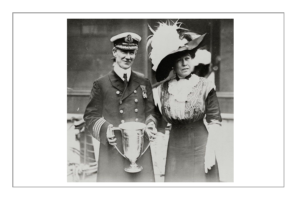
Continuing Passions
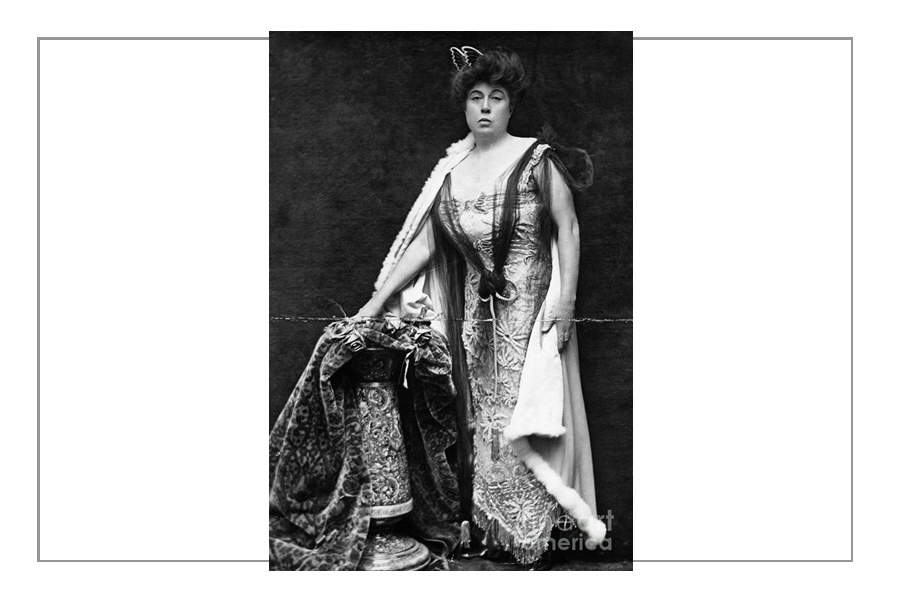
Margaret went east to Rhode Island where she was involved with the National Women’s Trade Union where she continued to advocate for universal suffrage (for all women of the US), for minimum wage, and for an 8 hour work day. She traveled all over the country, and wrote articles for her causes.
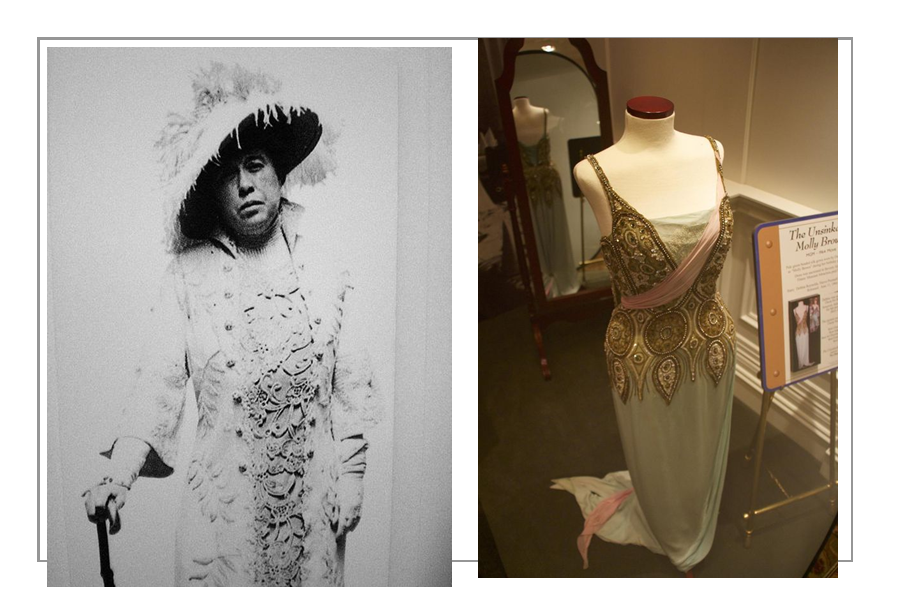
When WWI started in 1914, Margaret was in her 3rd attempt to win a seat in the Colorado Senate. She dropped out of the race because her sister was married to a German man. She turned her efforts to helping war torn Europe through fundraising for ambulances. Later she went to Europe and drove those ambulances on the front lines.
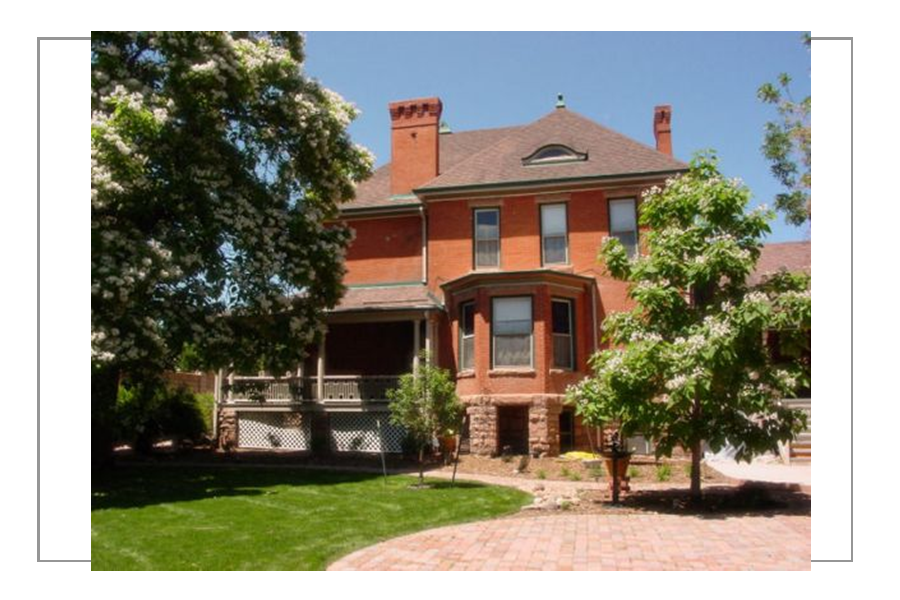
After the war she helped rebuild France, and was given the French Legion of Honor.
JJ died in 1922, but he had not left a will, so the family went to war with each other. Lawrence and Helen took Margaret to court for possession of the Denver house and JJ’s wealth. Margaret did not want to fight her children, so she moved to New York to become an actress. She was very successful although she was already 53 years old when she took the stage.
In 1932, she suddenly died of a brain tumor. She had asked to be buried in Denver, but because of the Depression, she was buried in New York alongside JJ.
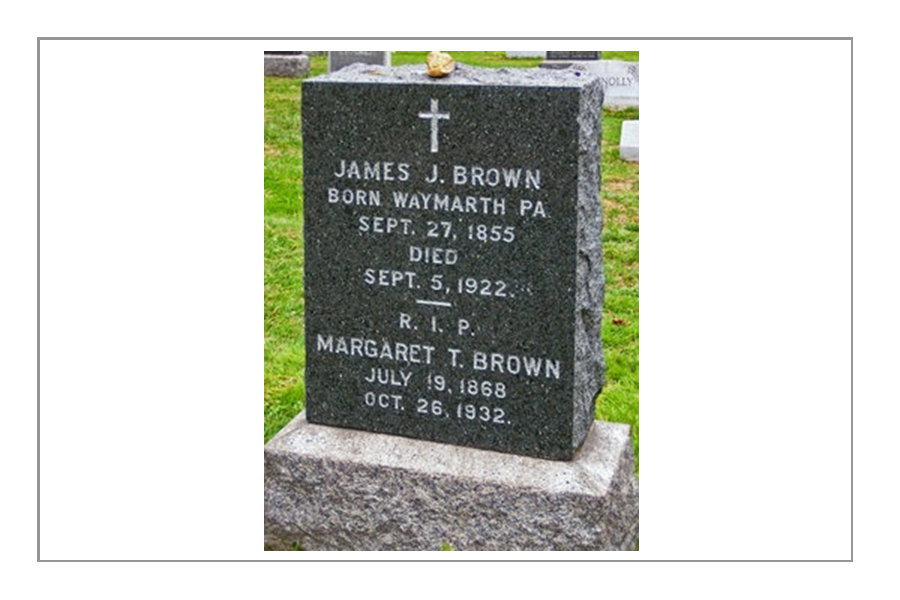
A Titanic Legacy
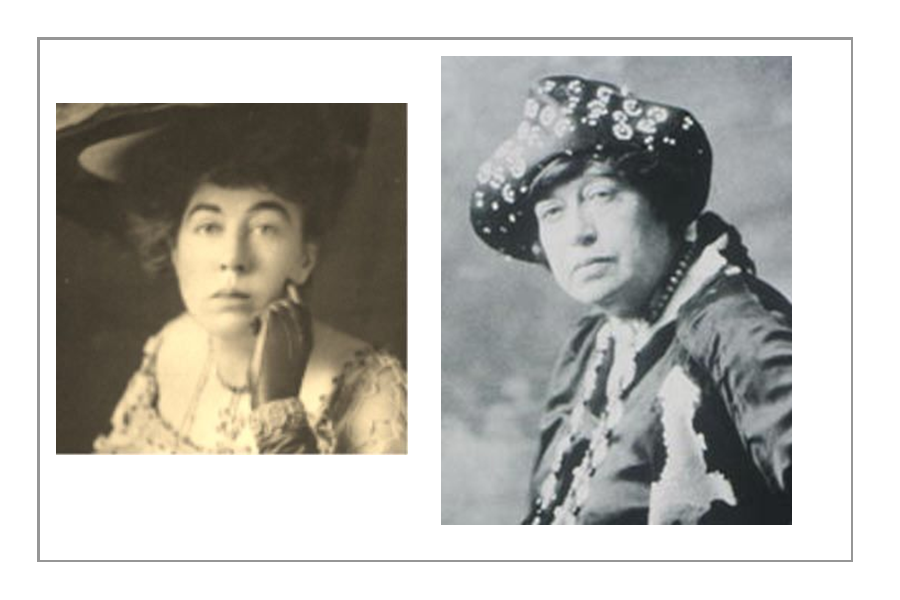
Margaret’s main legacy today is the character of the “Unsinkable Molly Brown”, although her true contributions were much more lasting and meaningful. Not only does the juvenile court system remain the same today, but there is a minimum wage and an 8 hour work day. Ships are now required to have enough lifeboats for all passengers.
Maritime law was changed that says families were to be saved together instead of women and children first. The Denver house still stands as a museum, the animal shelter she founded is still open, and her wealth and influence brought people, especially immigrants, out of poverty.
Margaret’s birthplace in an original 1860’s Irish immigrant’s cottage has been restored and is a museum. One room is furnished in mid-19th century style, and the other rooms are galleries. There is a Titanic Room dedicated to the sinking of that ship. Mrs. Brown’s heritage, story, and accomplishments are documented there, included the story of migration westward and the development of the railroads west.
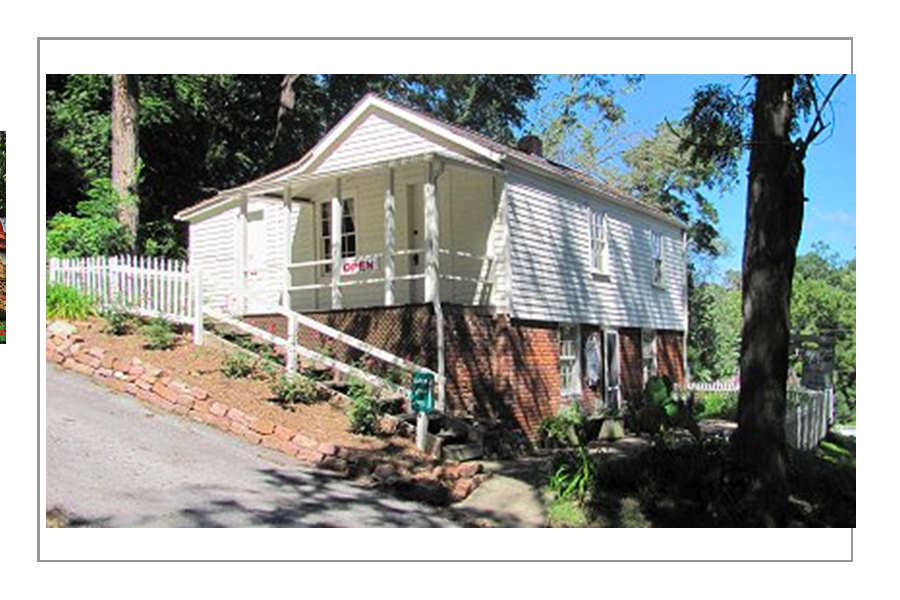
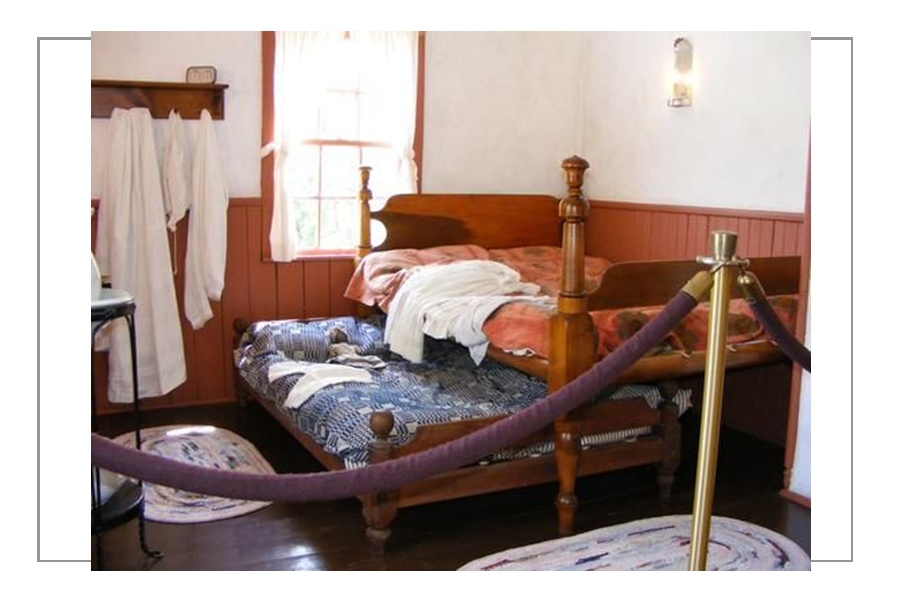
She was not what most think, and she WAS a Titanic
Margaret Brown never looked like the perky actresses who played her role in movies and on stage. A writer of the day in fact tactfully referred to her appearance as “irregular features”. While depicted on screen as unschooled, unmannered, and wild, the real Mrs. Brown was almost the opposite.
Writers liked to create a cartoon image of her wearing miner’s boots under satin dresses and dirt under her fingernails while having lunch with the Queen.
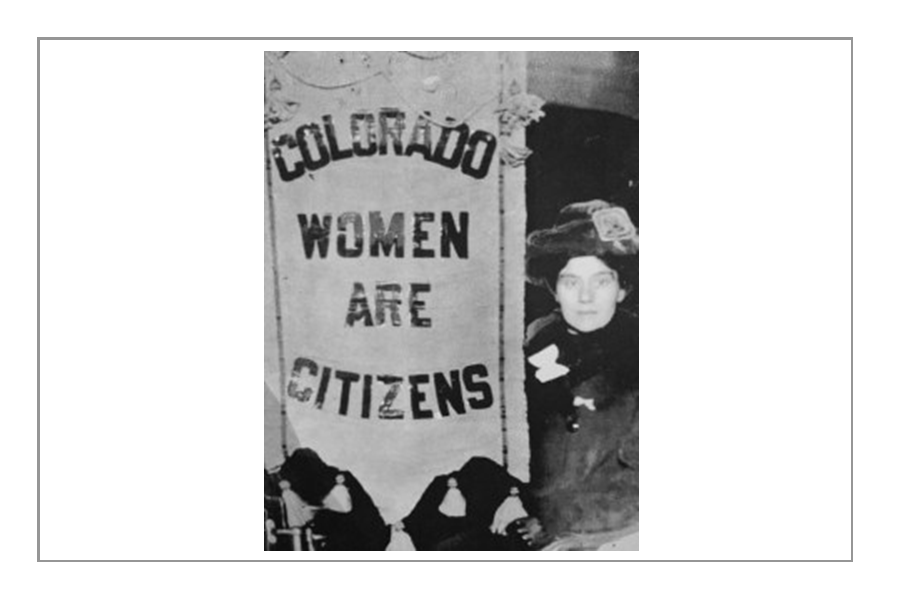
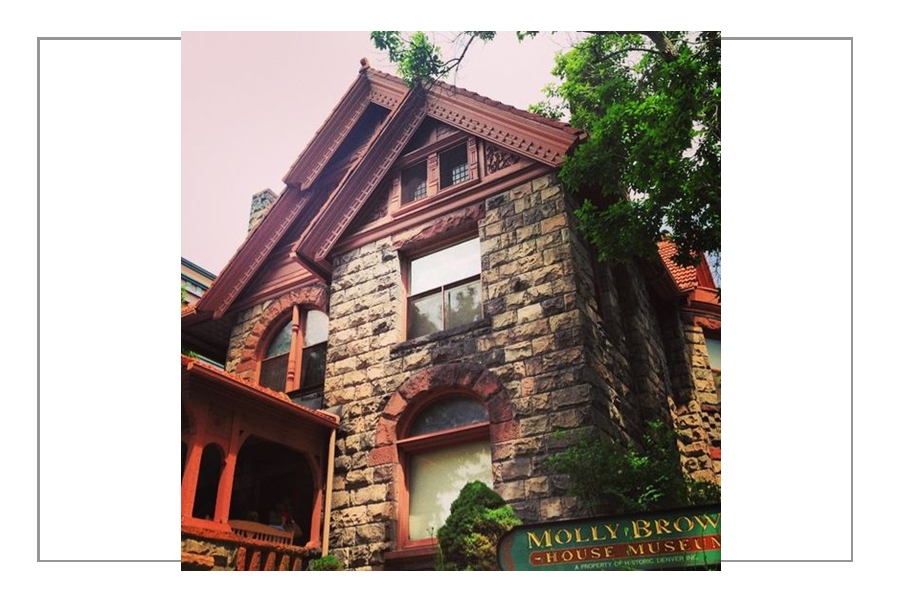
In reality, she was very scholarly, and a much sought after lecturer with an excellent public presence that gained attention for her causes and got her public office. She was “nouveau riche”, (“Newly Rich”) which meant she had to quickly learn to deal with success and wealth. In the beginning because of their quick wealth due to the Little Johnny gold mine when she was only 19, she was a bit more outspoken and “unpolished” that other women of Denver. She was not, however, the crude and crass portrayal of the movies.
The Molly Brown House Museum on Pennsylvania Street in Denver had record attendance the summer with the opening of the touring “Titanic: The Artifact Exhibition” in town.
Her official biographer, Iverson summed up Margaret Brown’s life: “She represents the American Dream that anyone can make it from the bottom rung of society to the top if they just try hard enough.”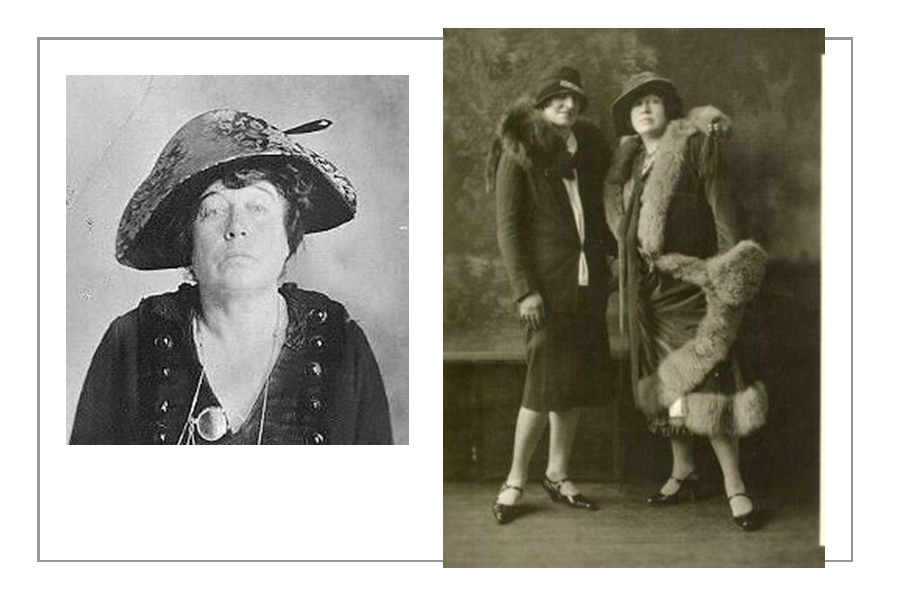

The “Titanic” is:
- self-made, positive, and influential.
- With social skills and wealth, they are able to persuade others to follow a cause or belief.
- Often good at mediating because they know where they came from, and where they are, they can understand all the sides of an issue or situation…
- …to deal with it compassionately and realistically.
“Titanics” like Margaret Tobin Brown, did in fact lift the spirits at times of hardship, and then made lasting change towards the better that benefitted all – elite or immigrant; rich or poor. It is no mystery how a “Titanic” would be as comfortable taking tea with the Queen of England as drinking whiskey in a mining town in Colorado.

Notable Women (and a few We Need to Know)
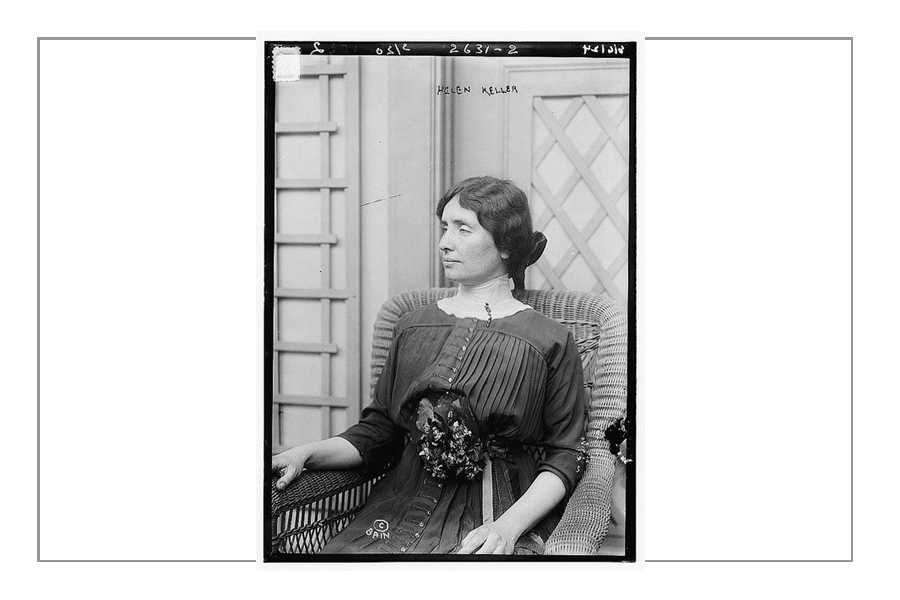
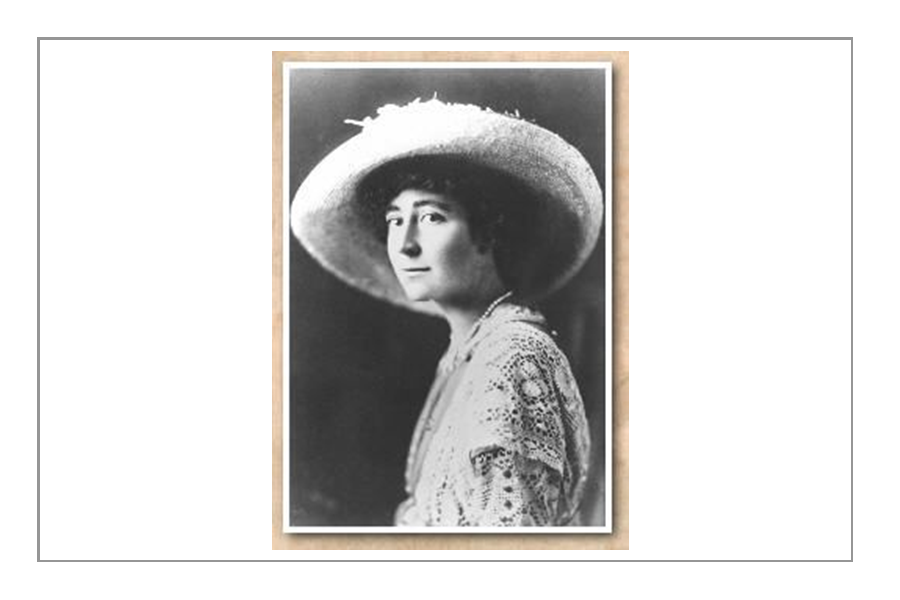
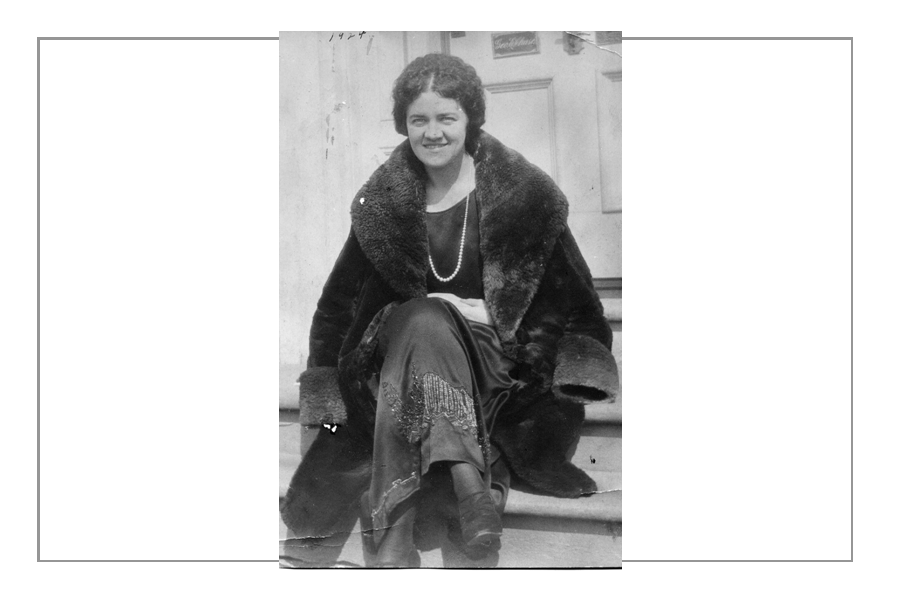
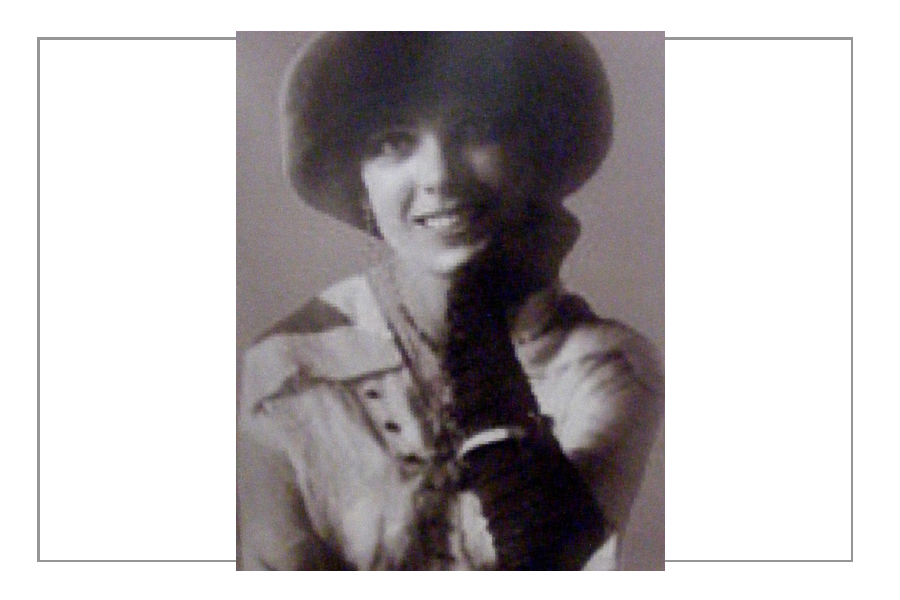
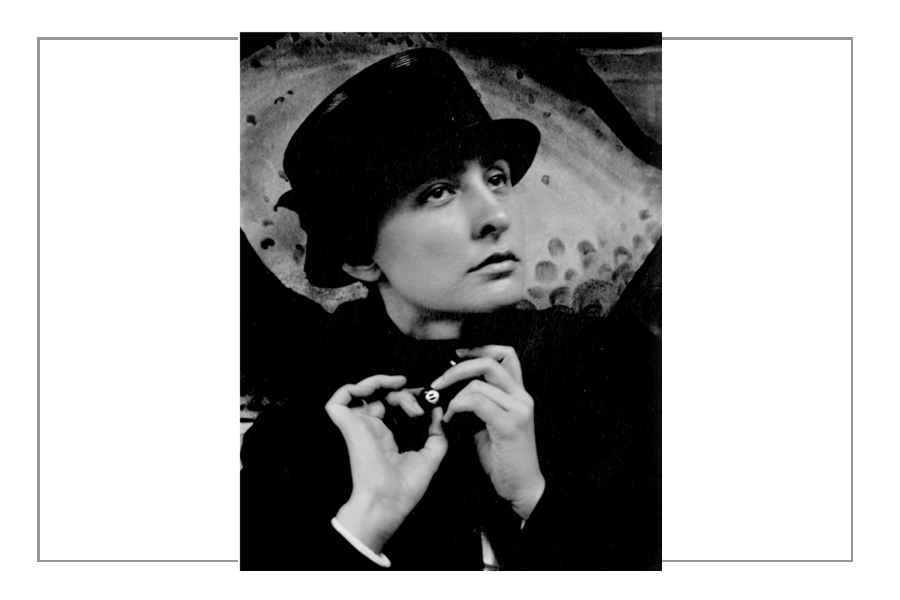
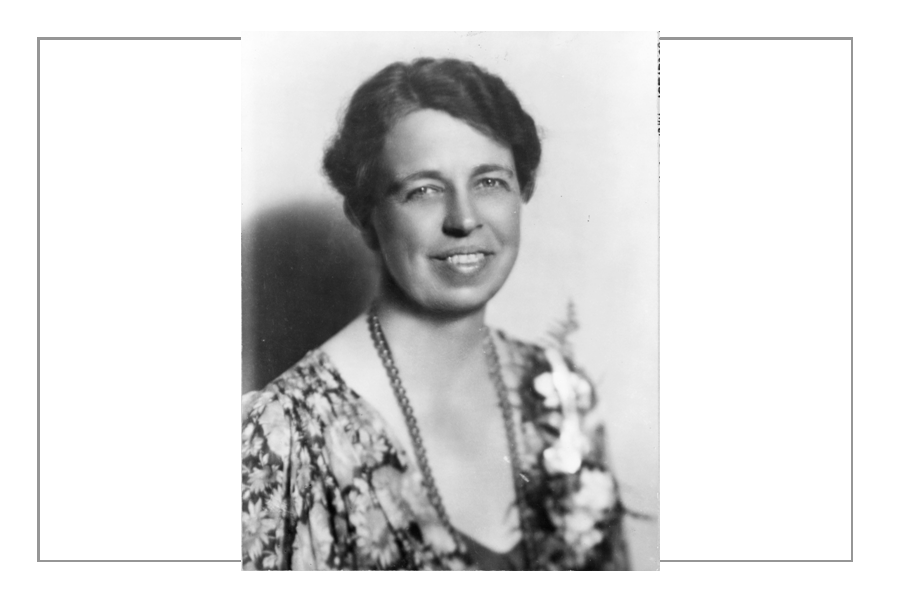
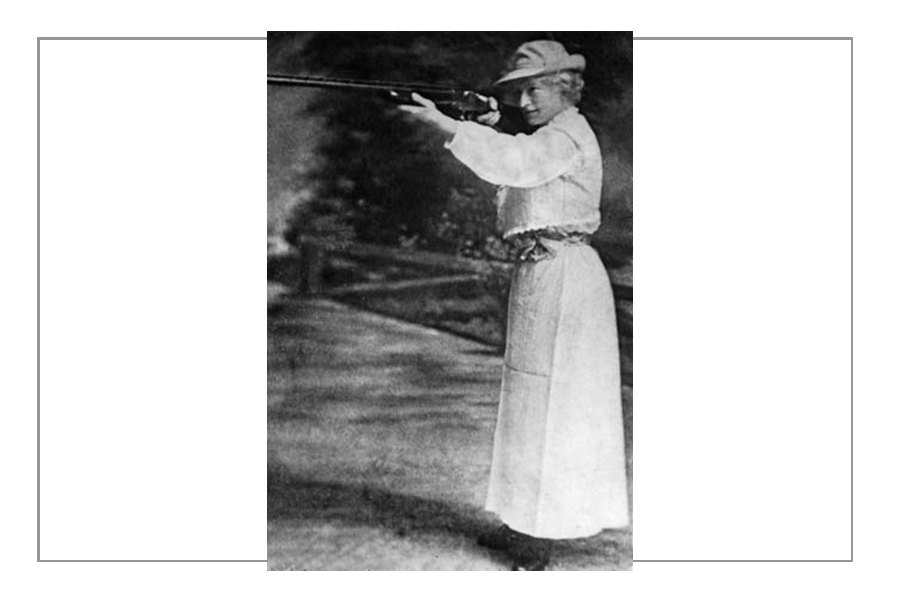
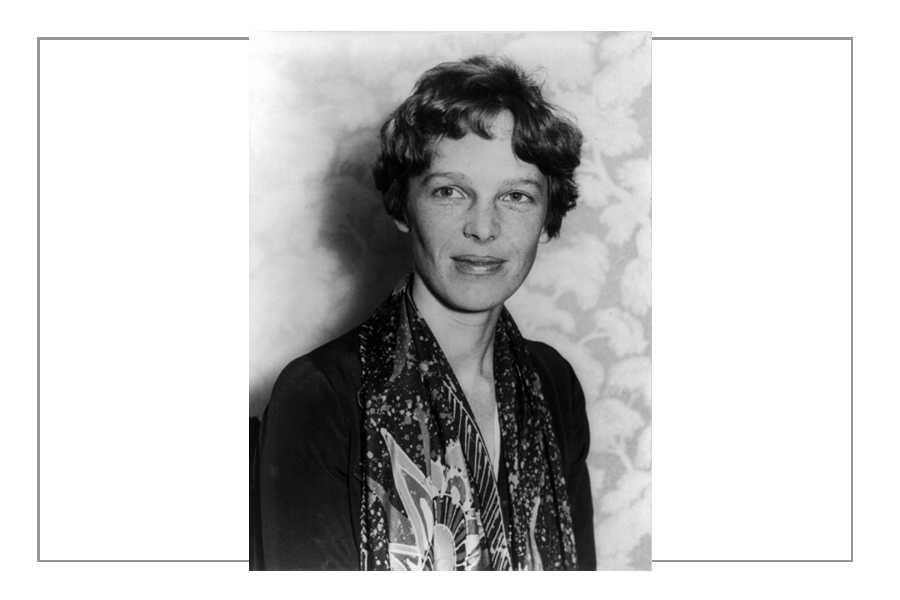
Other actresses and models
Click here to go to Fashion & Women’s History Page (next)
Click here to go to Design Development Page

